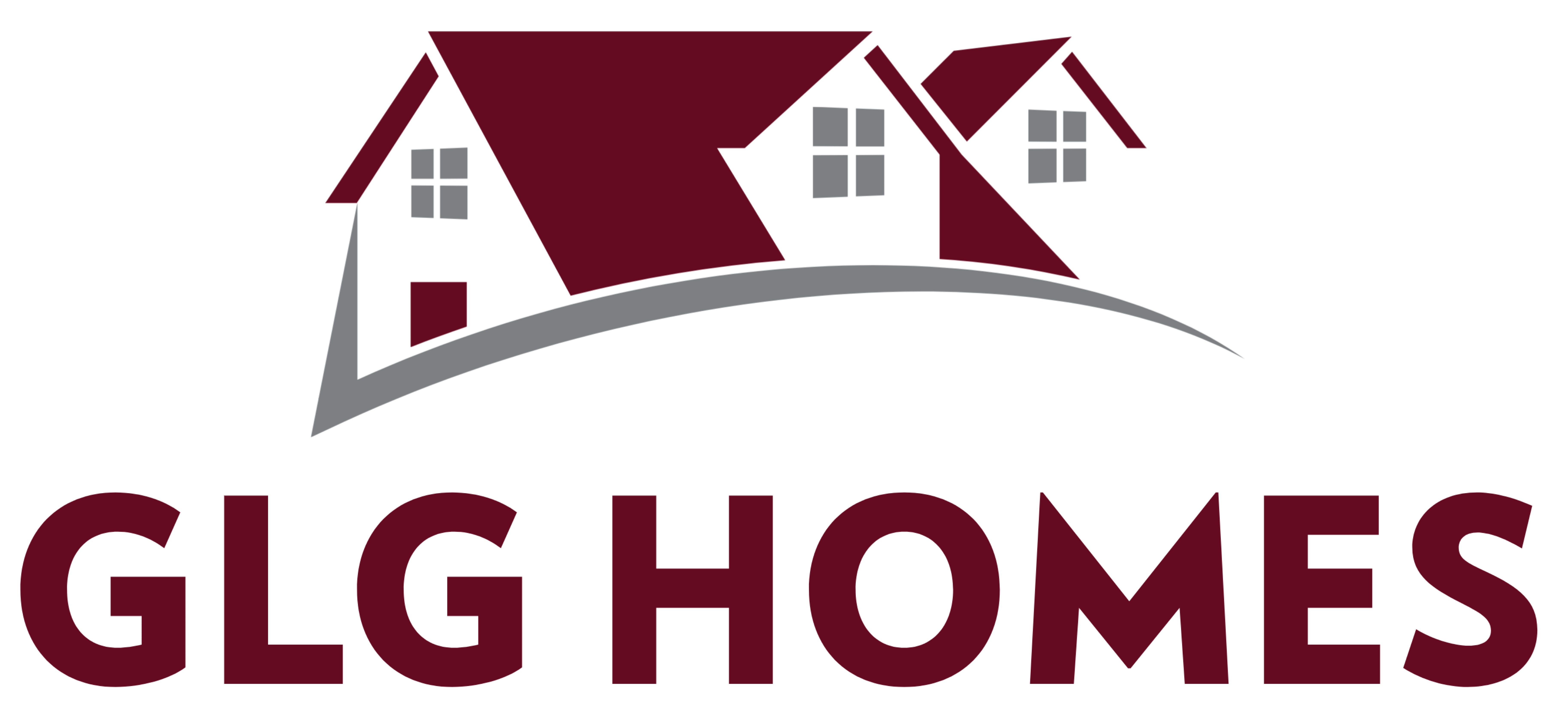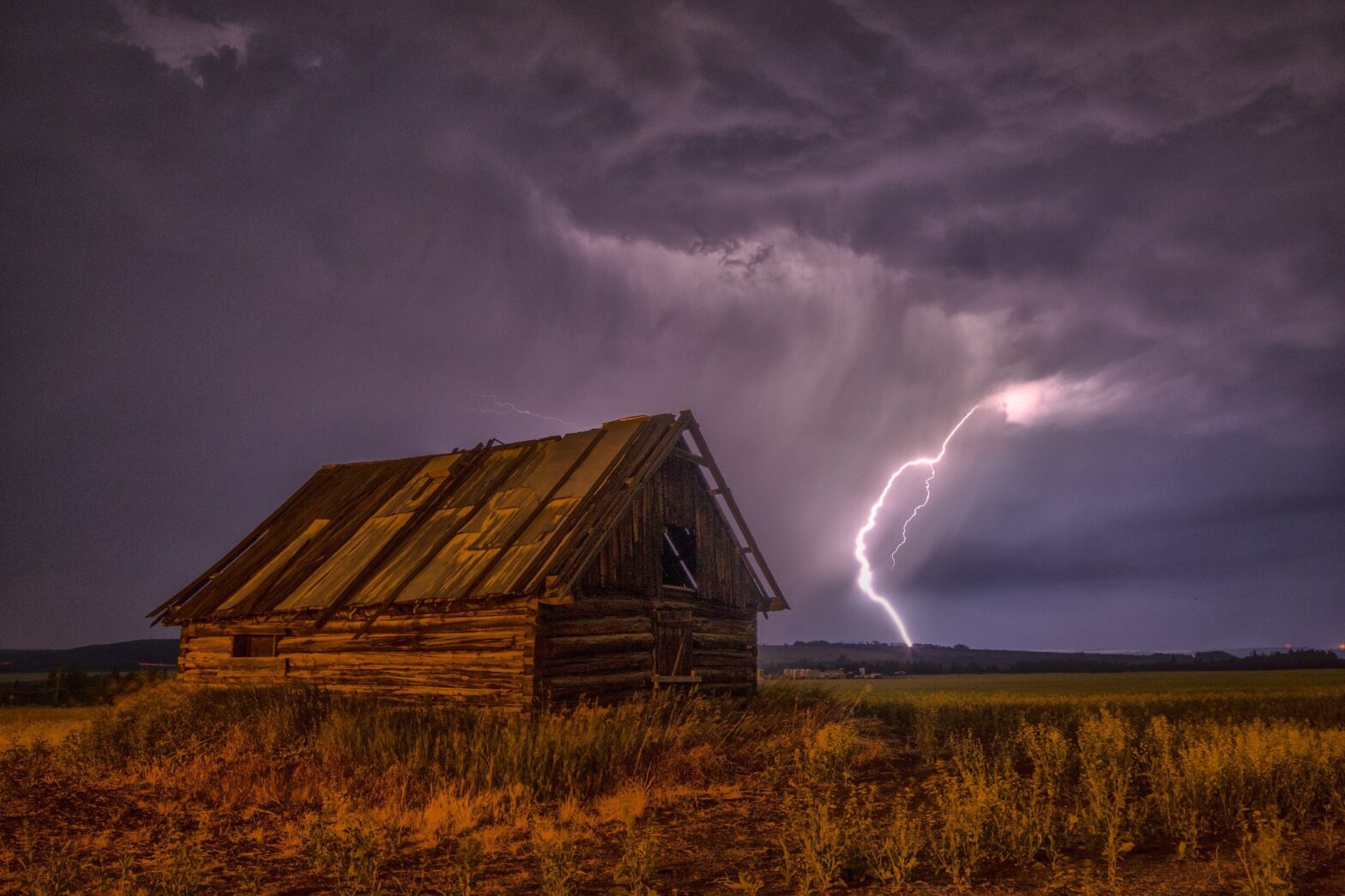With Another Forbearance Extension is the Foreclosure Market just Getting Bigger
We heard that the Federal Housing Finance Authority pushed the forbearance period out another 6 months through June of 2021. This now puts the mortgage market into an 18 month period of delayed payments for mortgage holders. For some, the forbearance period was a saving grace when COVID first hit. For others, it has continued to offer a lifeline while employment for many was a slower recovery. And for some, unemployment continues to be a harsh reality. The national unemployment rate in February, 2021 was 6.3% but in Connecticut it is still at 8.2%.
Foreclosures were on the downward trend
Before 2020, we were looking at 2019 as another year where foreclosures were on the downswing. Health economy, strong stock market, businesses growing, jobs were plentiful and home buyers were out there in demand but not out of balance with seller inventory. Home values were increasing but on a more gradual trend. According to Attom Data Solutions, the filings for the foreclosure market were down to the lowest level in nearly 15 years.
Credit to Attom Data
Foreclosures have been on hold
When COVID became more than an interesting headline, the government put a freeze on all foreclosure proceedings for a 90 day period. That pause has remained in effect. That is not to say that foreclosures stopped all together. In all states, cases that were in process were still proceeding. To be clear, foreclosure proceedings take months. On average, in Connecticut, once a bank has issued the foreclosure proceeding, it takes an average of 6 months for those cases to be finalized. And 9 months is not unheard of. It is a long process.
With homeowners sitting on months of unpaid mortgage payments, as allowed by the federal issuance of the forbearance period, there is a question that has become more and more of an upfront topic. Are we heading for another foreclosure crisis as we saw following the 2008 mortgage bubble? In prior postings, I have referred to this as the “negative index” of pending inventory in real estate. What is undeniable is the looming crisis of rapid increase in foreclosure filings. In many cases, these filings can be resolved between the homeowner and the lender. But, in too many cases, there are those who will be unable to reconcile with the mortgage holder. And therein lies the unknown.
Foreclosures are on the rise though
The “pause” is not true across the board. Foreclosure proceedings have continued to some extent with existing cases. But we are seeing new case filings. There are reasons for this, such as pre-existing conditions with the homeowner’s payment history, and filings are only going to increase. It is inevitable. Regardless of COVID, stimulus programs, forbearance periods, or economic recovery – there are still situations where a foreclosure is happening (e.g. abandoned houses). Not all situations are due to economic problems from COVID. And lenders have the right to move forward in those situations. California is seeing the greatest increase in foreclosure filings with 7 of the top 10 zip codes for increased filings.
Is the Government Responsible
We cannot point a finger in any one direction. The economy was booming. A “negative index” of housing inventory was not a concern. A foreclosed home is inherently resold at a lower market value. And if these houses are in decent shape, and qualify for FHA lending, you have a retraction in price value on the horizon. But you also have a possible supply (unfortunately) of houses that can be purchased to address the inventory depression.
The federal government took steps to protect homeowners and it has continued to do so. But in doing so, there is the question of what happens when COVID is managed. Please note; we have no idea of what comes next. But it is safe to assume that COVID will be a part of our lives no different than the Flu discussion we have every year. As such, it is reasonable to assume that we will see recovery in the form of economic improvement. Unfortunately, for a large percentage of homeowners, recovery is not going to happen. Is the federal government responsible for creating a housing market bailout? What happens if there is a decision to allow loan forgiveness on all payments from the forbearance period? Understand, that on a federally insured loan this may be an option but for all conventional loan borrowers, what option(s) suit them?
Homeowners need answers and options
Every situation is different. As a homeowner, especially if the forbearance period has been a necessity and a blessing, it is important to start getting help. Waiting to hear the other shoe drop is not the approach to take. Getting counsel from bankruptcy attorneys, talking to the lender about loan modification, selling the house (not as a short-sale), etc., are all topics that should be on the board. Finding buyers, such as GLG Homes, who can bring options to the table outside of the traditional loan process may be another option. As a homeowner, now is the time to get ahead of the issue with an understanding of where to go for assistance.
If you simply need more information but don’t know where to turn. Contact us ([email protected] or 203-486-8868). We can help provide you with information and connections so you can start taking control over things, even just by knowing what options and resources are available to you.
Thanks,
g.


